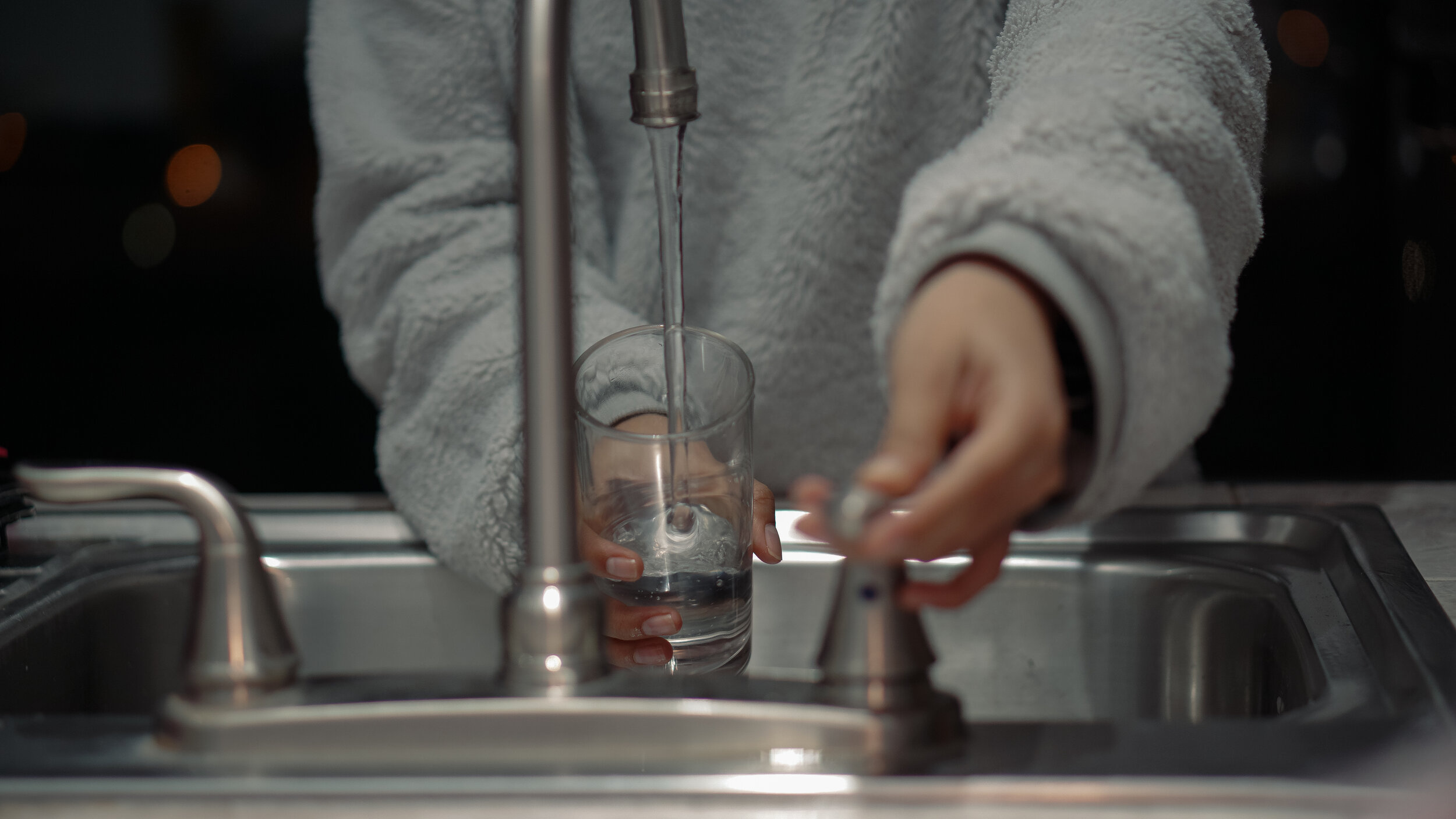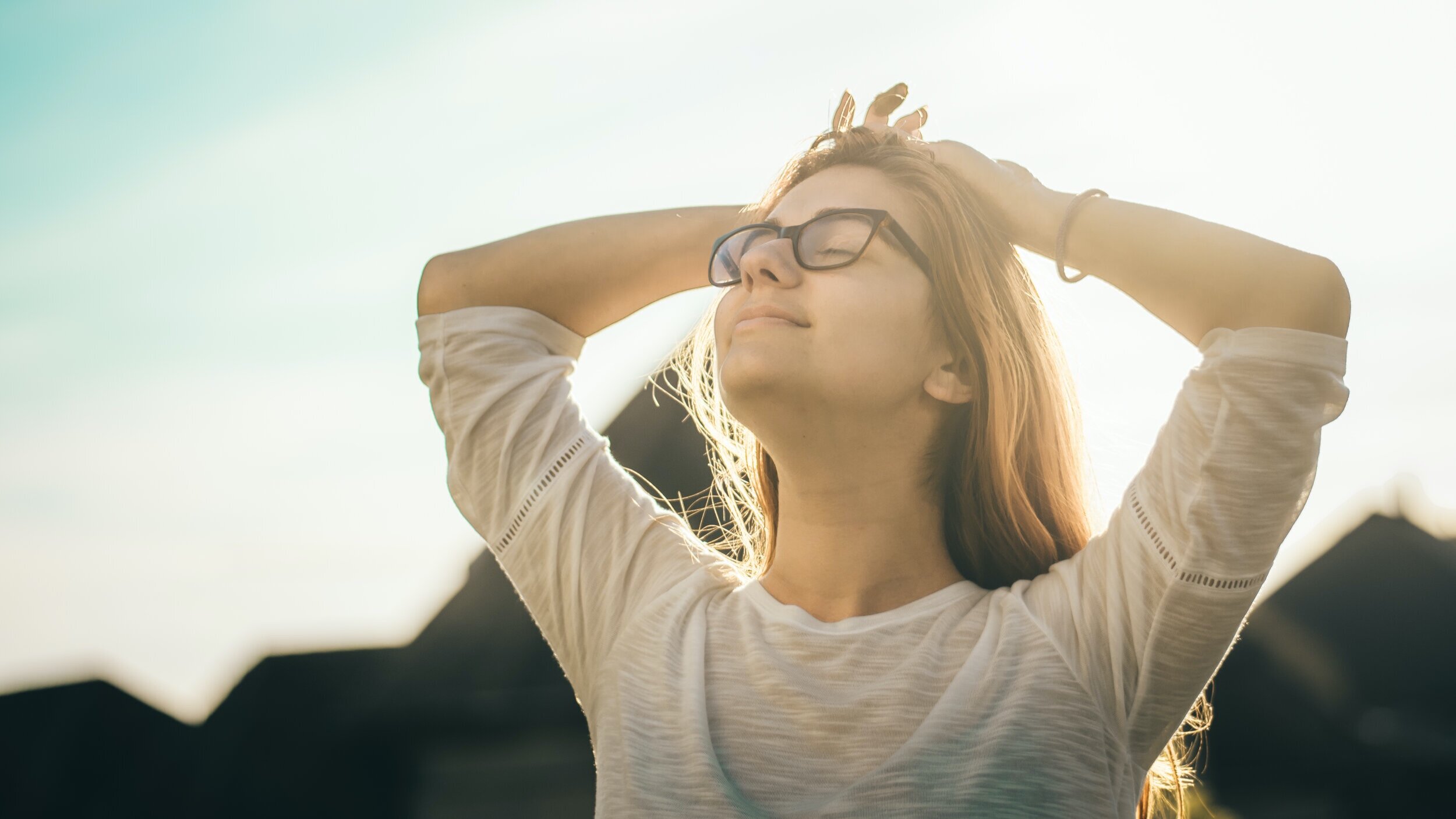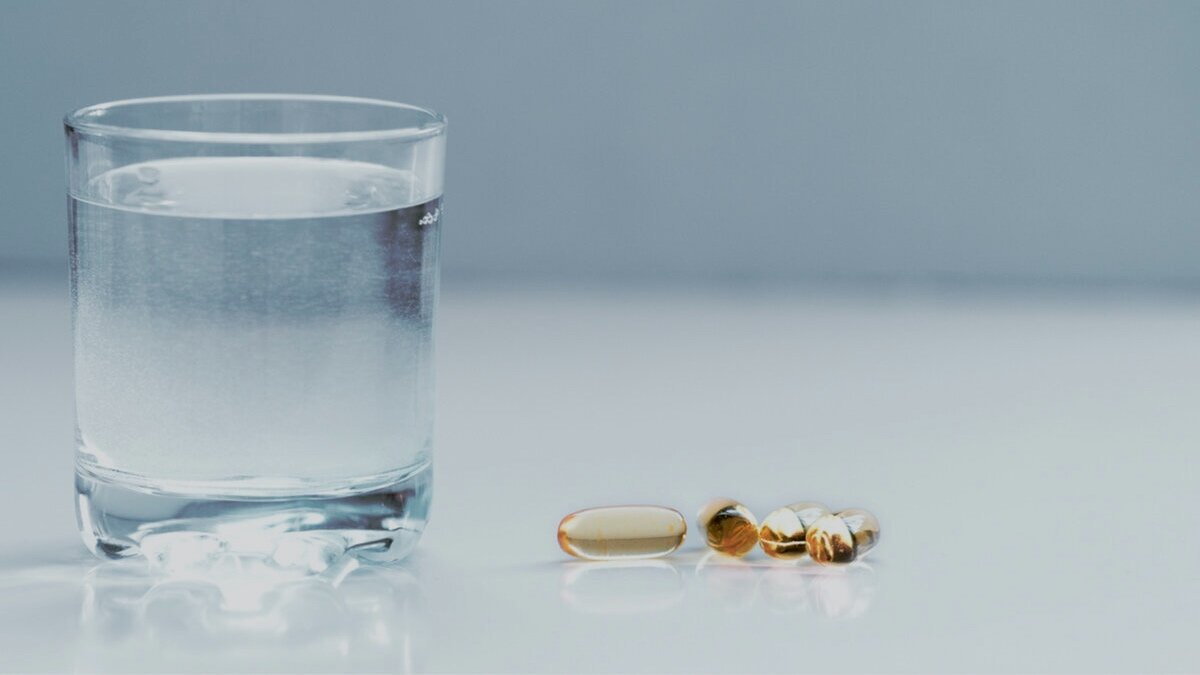Answers to Your Questions About Behavioral Therapies for OAB
What steps I can take on my own to control Overactive Bladder?
Treatment for Overactive Bladder (OAB) does not have to begin with taking medications every day. Instead, there are fairly simple behavioral therapies that can be very effective in controlling symptoms, especially when mild. These often include diet changes such as avoiding foods or beverages which irritate the bladder. Second, many patients find that urinating on a set schedule, with gradually increased intervals, can help to control urinary frequency and urgency (this is often called bladder training). Finally, pelvic floor exercises (often called Kegel exercises) can be helpful both for preventing incontinence as well as reducing strong urges to urinate.
Behavioral therapies for OAB are considered “first-line” therapies, meaning they should typically be the first thing that someone tries to treat the syndrome of Overactive Bladder. Behavioral therapies have essentially no risks and are generally safe for anyone to try. You can try them on your own before you see a health provider. But behavioral therapies are also effective. There are numerous studies that suggest that behavioral changes, when put into place by motivated patients, could be as effective as other treatments for OAB, including medications. There is even more evidence that suggests that behavioral therapies, when combined with other therapies, makes those treatments even more effective. With my own patients, even those who have undergone surgical treatments such as sacral neuromodulation, I almost always circle back and reinforce those basic behavioral therapies.
OAB and Your Diet
What diet changes can help with Overactive Bladder?
One of the first things that I recommend to a new Overactive Bladder (OAB) patient is to take a look at their diet. In my mind, diet includes not just what we eat and drink, but how much we eat and drink, and when we eat and drink. Taking a closer look at each of those factors can provide you with insight as to how your diet could be affecting your bladder symptoms. It is relatively rare, in my experience that a change in diet alone will “fix” OAB in most patients. But, adjusting your diet, as part of a larger effort at behavioral changes, can have a real impact for many people and may just help you to avoid medications or surgical treatments.
What You Eat and Drink
What we eat and drink means looking at common bladder irritants and whether they have an impact on your bladder symptoms. It is important to remember that not all foods or beverages listed as “irritating” are going to irritate your bladder. And I have certainly seen patients who don’t seem to have any real effects from these common troublesome foods. So, I encourage my patients to try keeping a food and beverage diary for a few days to see how it impacts your symptoms. It is also helpful to remember that if you identify bladder irritants in your diet, reducing your intake is often easier and more sustainable rather than eliminating them completely.
How Much You Drink
For some patients, it isn’t what they are drinking but how much they are drinking. We see so many messages encouraging excessive fluid consumption. We are told that unless we drink a certain amount of fluid each day, we will be chronically dehydrated. There are even “smart” cups that are supposed to make sure that you drink “enough” fluid throughout the day. It is important to note here that I never recommend fluid restriction to OAB patients. It isn’t very effective and it can promote other problems such as constipation. But, for most people, if you simply “drink whenever you are thirsty” you are likely to achieve adequate hydration and will not worsen OAB. I ask all of the OAB patients in my practice to complete a 3-day voiding diary. Review of this diary helps to identify several bladder issues that can be present. One of those is excessive fluid intake.
When You Eat and Drink
Lastly, when you are eating and drinking is important as well, especially for those who are bothered by nocturia (waking up at night to urinate). It is not uncommon for me to review a voiding diary and find that someone who is getting up 3-4 times at night is also drinking that same volume of fluid during the night. It can take seeing this pattern on their diary for them to realize the connection between fluids at night and waking up multiple times. If you have OAB, It is helpful to begin reducing or even eliminating fluids in the hours before you get into bed.
Whether is it is tracking your diet with a food and beverage diary, checking your total fluid input and output with a voiding diary, or reducing your intake of liquids close to bedtime, simply taking a look at some of your dietary habits can make a significant difference in the OAB symptoms of many people. It certainly can be worth the time and effort it takes to put these diet changes into practice.
Should I drink 8 glasses of water (or more) per day?
One of the most common myths that affect urinary frequency is how much water you should be drinking every day to “stay hydrated”. Advice such as “Drink eight, 8oz glasses per day” or “Drink half your body weight in ounces per day” have no solid evidence behind them. Think about it this way: How can every person need to drink roughly the same amount, everyday, no matter the season, their activity level or other health situation? It really does not make any sense.
Follow Your Thirst
Instead, you should rely on your thirst to guide your fluid intake. If you are thirsty, drink something. For some people, especially those who consume a diet full of fruits and vegetables, this may mean drinking quite a bit less than 64 ounces per day. For others, who may live in a hot climate or are very active, a healthy fluid intake could be far greater than what is often recommended.
What About Kidney Stones
Patients with a history of kidney stones are often encouraged to drink excessive fluid in order to dilute their urine and reduce the risk of stone formation. We make this recommendation in an effort to encourage them to drink more liquid than their body really needs. The necessary fluid is quickly cleared by the kidneys as excess urine, decreasing their chances of forming a kidney stone. While this is quite useful for patients who are at risk of these stones, for those with without this risk who have OAB, extra fluid may simply mean extra trips to the bathroom.
Is there anything wrong with drinking too much water? Not really. For most people in most situations, it is very difficult if not impossible to drink enough water to harm you. But any water above what your body needs is simply cleared as excess urine. So, if you find yourself urinating frequently, it help may be to check if you are drinking beyond what your body really needs.
Should I just cut out all liquids if I have Overactive Bladder?
Drinking excessive water or fluids can contribute to frequent urination and patients with urinary frequency may benefit from completing a voiding diary to see just how much urine they are making every day. However, going too far in the other direction can be just as much of a problem. Restricting fluids so that you make less than a normal amount of urine is not usually helpful and can potentially worsen your symptoms.
First, if you have Overactive Bladder (OAB) and are not making an unreasonable amount of urine, restricting fluids doesn’t appear to be that effective. You may be able to reduce the number of times that you get up at night by cutting down on fluids in the evening. But, trying to cut out fluids completely is not as helpful.
What Is A Normal Amount of Urine?
We generally think of a normal urine output as about 1200-1800 mL (40-60 oz) per day. If you are urinating very frequently, it can be tempting to reduce your fluid intake so that you make even less than this. But many patients with frequent urination or urine leakage during the day continue to have the same problems even when urine output becomes very low. So while I encourage my patients no to drink excessive fluid, I also do not want them to restrict their fluid either, especially if they note they are thirsty.
Restricting fluids too much may lead to other problems as well. Limiting your liquid intake can lead to constipation. This tends to worsen symptoms of OAB in many people. In addition, severe fluid restriction can also contribute to developing painful kidney stones.
Completing a volume-based voiding diary is especially useful for checking to see if your liquid intake is appropriate. It can help to identify those who are simply drinking too much but also can be a warning for those who are tempted to go too far in the other direction.
Which foods and beverages can irritate your bladder?
It is worth repeating here that lists of bladder “triggers” in Overactive Bladder are often misunderstood. These foods and beverages are common irritants to the bladder and many people report that they worsen their OAB symptoms. However, few people find that every one of these foods irritates their bladder. And I often meet OAB patients who never identify a relationship between what they drink or eat and their bladder symptoms. Using a food and beverage diary is useful for identifying whether you have any bladder triggers and helping you to begin to reduce them.
Caffeine Effects on Bladder
Caffeinated beverages such as tea, coffee or sodas are frequently identified as triggers for OAB symptoms. Caffeine is a stimulant which may explain why it stimulates the bladder causing frequent or urgent urination. Furthermore, caffeine also acts as a diuretic (like a water pill) that temporarily increases the rate at which you make urine. If you have OAB, a drug like caffeine which can both stimulate your bladder and increase the amount of urine you make at the same time can have a significant impact. Studies on caffeine and the bladder support the idea that elimination is not necessary. Reduction of caffeine to less than 100-150 mg per day is associated with improvement in bladder symptoms. An 8oz cup of coffee contains about 100 mg of caffeine so cutting down instead of cutting out is likely to help.
Do Carbonated Drinks Affect Bladder?
Carbonated drinks, even those without caffeine, also can cause problems for people with OAB. Carbonated beverages are somewhat acidic. When you drink them, some of the extra acid is cleared out by your lungs (released as carbon dioxide). However, some of that acid is also released into the urine by the kidneys. It is thought that acidic urine can be irritating, especially in OAB.
Acidic Foods and Beverages
Other than carbonated drinks, other acidic foods and beverages include citrus fruits and juice like oranges, grapefruit and lemonade or lemon-water. This extra acid, again, often increases the acidity of your urine and can aggravate bladder symptoms. Tomato juice and sauces are also high acid foods. Many people are not aware that cranberry juice is almost as acidic as pure lemon juice. This can be even more confusing for people who mistake their OAB for a Urinary Tract Infection and take cranberry juice to try to prevent future infections. Others have just heard that cranberry juice “is good for your bladder” not knowing that they may be increasing their OAB symptoms by drinking it.
What About Alcohol?
Much like caffeine, alcohol can also have an impact on bladder symptoms both by acting as a bladder irritant and a diuretic. Alcohol acts mostly as a depressant not a stimulant so the way that it irritates the bladder is likely different from caffeine. But like caffeine, the combination of bladder irritation and increased urine production can make OAB symptoms worse in some people. There are theories that other chemicals found in some alcoholic drinks, such as wine, may be responsible for the bladder irritation. If you enjoy alcohol in moderation, it may be worth trying different alcoholic drinks to see if you tolerate some better than others.
Do Artificial Sweeteners Matter?
A final bladder trigger is actually quite interesting. For many years, people reported that artificial sweeteners irritated their bladder symptoms. This was puzzling because it was not clear how sweeteners could cause such a reaction. However, in 2011, it was discovered that there were sweet taste receptors found in the lining of the bladder. In addition, stimulation of these taste receptors increased muscle activity in the bladder. It is suggested that artificial sweeteners that are released into the urine may activate these sweet receptors leading to increased bladder activity in those with OAB. If you notice this pattern in your own symptoms, it may be wise to decrease your intake of artificial sweeteners, especially if found in beverages that are either carbonated, caffeinated or both.
While few people would report a sensitivity to all of the bladder irritants listed here, it can be helpful to consider whether some of these could be contributing to your OAB symptoms. A food and beverage diary can help to reveal a pattern relating certain foods to your frequency or urgency. If you can identify foods that cause problems for you, reducing them may help to improve your symptoms.
Bladder Training
Can I train my bladder to urinate less often?
So there actually are ways that you can “train” your bladder which help to reduce how frequently you urinate and and gain control over urine leakage. This often begins with a bladder diary which will give you information about how often you urinate or even leak urine.
Using the completed diary as a guide, estimate how frequently you would need to urinate without having to rush to the bathroom. This could be every 2 hours, or could be an even shorter interval for you. If your interval is extremely short (less than an hour) you may want to consider discussing an OAB medication to help with your symptoms. This could make bladder training more achievable.
Once you determine the amount of “safe” time you have between urgency episodes, begin making regular visits to the bathroom on that interval. If it is 1.5 hours, for example, you might give yourself the chance to urinate at 8:00am, 9:30am, 11:00am, etc. You are urinating on a schedule, not based on when you have a strong urge. Also, you are not forcing yourself to urinate during these times by pushing and straining. Also, I don’t typically have patients wake themselves up at night to stay on this schedule - just do it when you aren’t in bed.
If you experience a strong urge before the end of the interval, you may try performing a pelvic (Kegel) contraction to suppress the urge. You may also try decreasing the time interval or you may need to consider adding an Overactive Bladder medication.
After 1-2 weeks, once you become comfortable with your first interval, begin to increase the time of the intervals by 15-30 minutes. Continue increasing the interval every 1-2 weeks until you reach your goal. For most patients with OAB, your goal probably should not be beyond 3-4 hours.
Can Pelvic (Kegel) Exercises help me with Overactive Bladder?
Pelvic floor (or Kegel) exercises are often recommended for treating urine leakage which occurs with strenuous activity (such as coughing, laughing or exercising) called Stress Incontinence. However, these exercises can also be very useful for OAB and Urgency Incontinence. Control of the pelvic floor muscles helps with Overactive Bladder first by helping to prevent any urinary leakage. A sudden, uncomfortable urge to urinate can be accompanied by accidental loss of urine. Strength of the pelvic floor muscles, particularly those involving the external urethral sphincter, can help to prevent urine leakage. In addition, a contraction of the pelvic floor muscles activates a reflex which helps to suppress an uncomfortable desire to urinate. This means that pelvic floor contractions not only help to keep urine in, but they can also assist in decreasing a strong urge to urinate before it ever progresses to incontinence.
It can take several weeks of regular exercises for this to be effective so be patient with yourself and be persistent with a routine. One of the primary challenges in successful pelvic floor exercise is to identify the muscles you want to strengthen. We are not attempting to develop the stomach, thigh or gluteal (buttocks) muscles in doing Kegel exercises. It can help to imagine that you are trying to control bowel gas from passing or practicing by stopping your urine mid-stream. Please note that routinely performing pelvic floor exercises while trying to urinate is not ideal. There are concerns that you may develop an abnormal pattern of voiding if you frequently practiced at that time.
Pelvic floor exercises should also be performed on a regular basis. It can be useful to find regular times during the day to help remind you to do them. For instance, at every meal or riding to and from work. As long as you can do them regularly, you are more likely to see benefit for OAB symptoms and gain better control.
Some patients, despite their efforts, are unable to properly identify their pelvic floor muscles. They tend to contract their stomach or thigh or gluteal muscles. If you are unable to comfortably do Kegel exercises, it can be helpful to meet with a specialized health provider called a pelvic floor physical therapist. They are experts in the structure and function of the pelvic floor and have both advanced techniques they can teach as well as specialized equipment called biofeedback to help as well. It should be noted that expensive pelvic floor stimulators that you can order online may have limited value. Most studies that showed success with these types of stimulators evaluated their use with a program guided by a pelvic floor physical therapist. It is not at all clear that they work on their own independent of a program designed and assisted by a pelvic floor therapist. I frequently refer patients to pelvic floor therapists for a variety of assistance, including help with pelvic floor strengthening, and often find patients are very pleased with the results.
Explore Our Guides to Overactive Bladder Treatments
Behavioral Therapies
Treatment for urinary incontinence can begin at home. Learn simple, effective techniques for treating Overactive Bladder that you can practice at home. Also find out when it is important to see a doctor for your bladder symptoms.
Medications for OAB
A complete guide to taking medications to help with Overactive Bladder including when to take an OAB medication, what side effects you may encounter and how to decide which medication might be right for you.
Advanced Therapies
Not everyone improves with OAB medications. I answer common questions about advanced therapies for Overactive Bladder including sacral neuromodulation, bladder Botox, and posterior tibial neuromodulation. Learn about all of your options when other treatments have failed.











